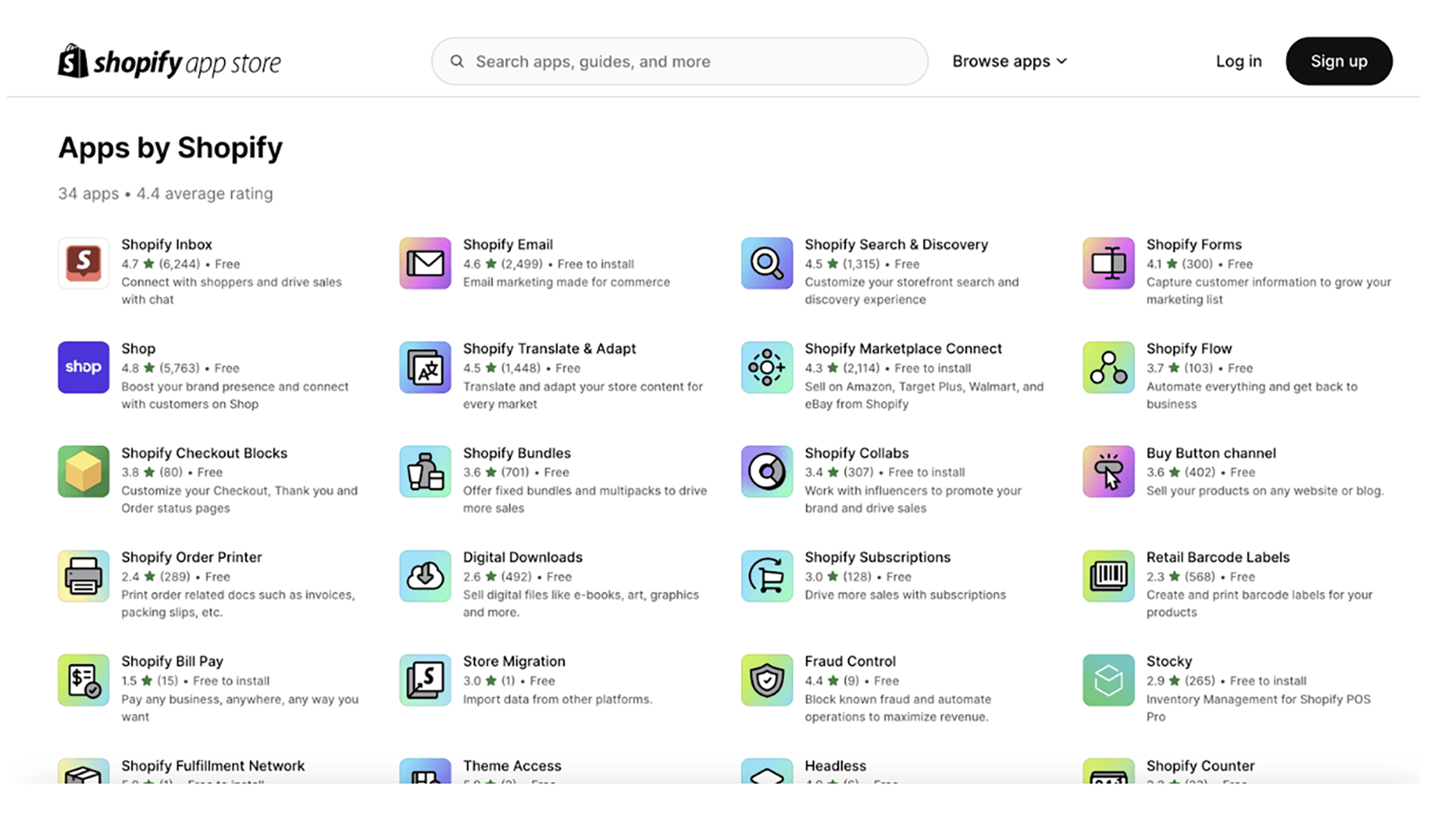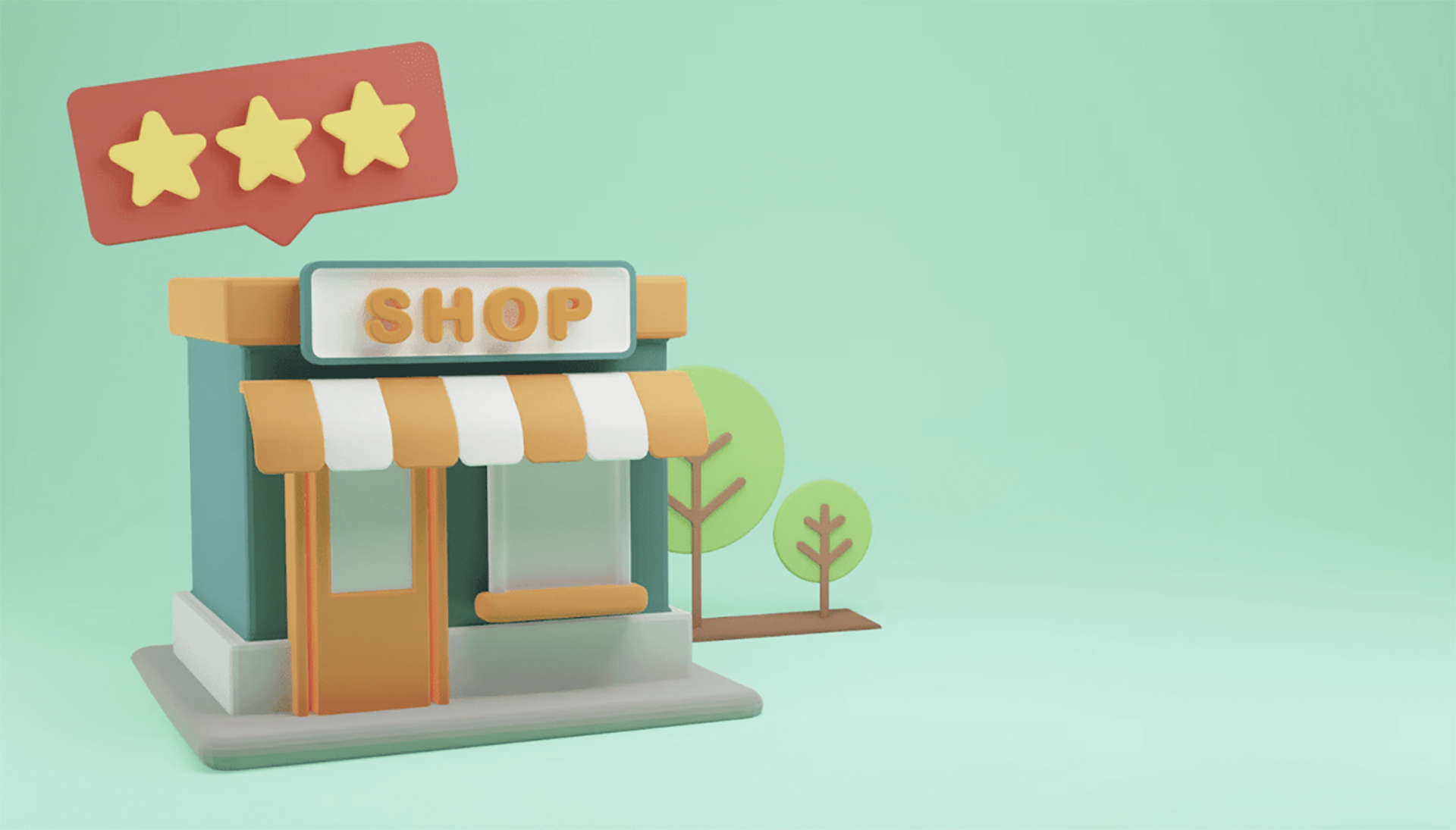
With over 80% of the UK population shopping online, standing out in the eCommerce space has never been more critical. Today’s consumers expect a seamless, fast, and visually engaging experience, or they’ll quickly click away to a competitor. From intuitive navigation to memorable branding, every detail counts.
At B2 Agency, we’ve explored what it takes to design an online store that attracts customers and keeps them coming back. Whether you're building your first site or looking to upgrade, choosing the right tools is essential. Platforms like Shopify offer scalable, customisable solutions for growing brands, while top-rated website builders for small businesses make it easier than ever to launch quickly and professionally.
We will break down the key elements of a successful eCommerce design, from branding basics to user experience best practices, to help your store stand out in a crowded digital market.
1. Creating a Unique and Easy-to-Use Design
I felt that this release is not so much about breaking new ground, but offering creative workers and business owners a more accessible way to interact with the tools it already features. From complex code generation to advanced dropshipping options, Wix already offers more than any other single website builder in the market. Astro is just going to organise all these different aspects of the AI builder into a single interface that’s easy to navigate and understand.
Yet all this added convenience does raise some uncomfortable questions for creative professionals. When developing a design-heavy small business website, updating it, and managing your digital operations is as easy as interacting with a chatbot, will business owners still hire digital creatives to do it for them? It’s a bit early to say but I’m not entirely optimistic.
Evidence has shown over and over how important the human element is to UI and UX design. But with cash-strapped startups, the choice often comes down to financial convenience. For what it’s worth, I like what Wix has done with its new AI agent. It’s accessible, user-friendly, and takes away a lot of the hassle of creating and managing an early-stage business website. But, I wonder whether this will create more opportunities for creative workers, take them away, or perhaps even both?
2. Branding and Visual Storytelling

Strong branding is key to helping your Shopify store stand out. Consistent colour palettes, readable typography, and a professional logo contribute to a polished appearance. But branding also goes beyond visuals. This also includes your messaging, packaging, and overall customer experience.
Investing in high-quality product images is essential. Since customers can’t physically handle items, visuals play a critical role in purchasing decisions. Showcase products with multiple angles, lifestyle imagery, and even videos can help boost engagement and conversion.
3. Make the shopping experience smooth and trustworthy

A seamless shopping experience encourages repeat visits. This means fast-loading pages, mobile responsiveness, and a quick, straightforward checkout. Streamline the buying journey by simplifying checkout steps, offering various payment options, and using analytics tools to monitor customer behaviour an12d optimise accordingly.
Trust is just as vital. Displaying customer reviews, testimonials, and secure payment badges helps build confidence. Social proof is one of the best tools for establishing credibility and driving sales.
4. Using Shopify apps

Shopify’s App Store offers countless tools to increase your store’s performance and functionality. Choosing Shopify apps that genuinely add value can unlock new growth opportunities. B2 Agency recommends these standout options:
Gorgias – Centralises customer service across email, live chat, and social media.
Klaviyo – Empowers targeted email marketing and personalised communication.
Yotpo – Supports customer loyalty, reviews, referrals, and SMS campaigns.
VideoWise – Turns video content into shoppable experiences to increase engagement.
ReBuy – Drives revenue with personalised recommendations and upsell features.
OneTrust – Ensures compliance with privacy laws while reinforcing customer trust.
5. Consider SEO

Even the best store won't succeed if it’s hard to find. Search engine optimisation (SEO) drives organic traffic and boosts visibility. Partnering with an experienced SEO agency can help optimise your Shopify store through smart keyword use, fast page loading, clean structure, and compelling content. Technical SEO and internal linking are also vital for improving rankings and conversions.
6. Keep Your Shopify Store Evolving

A high-performing Shopify store requires ongoing attention. Regular updates, A/B testing, and customer feedback all contribute to long-term success. From optimising product pages to introducing new tools or refining your marketing approach, continuous improvement keeps your store competitive. By keeping up with industry trends and continuously improving, businesses can ensure their online store remains engaging, efficient, and profitable.







